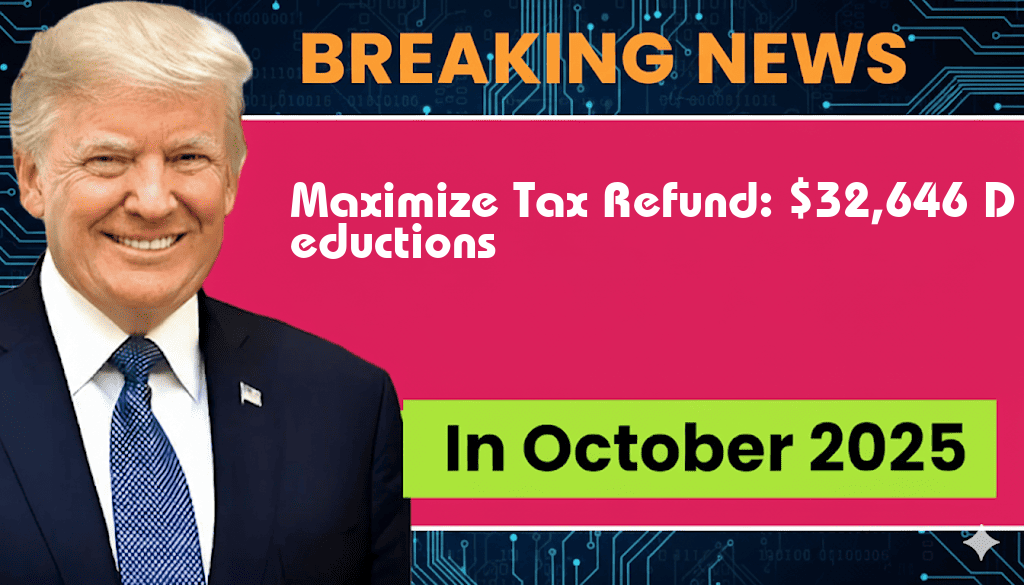

Comparing Child Benefit Programs: U.S. and India
As families around the world navigate the complexities of raising children, government support plays a crucial role in alleviating financial burdens. In the United States, the Child Tax Credit offers eligible families up to $2,200 per child annually, while India’s scheme provides substantial benefits totaling ₹1,65,000 (approximately $2,000) for each child. This article explores the differences between these two child benefit programs, their eligibility criteria, and the broader implications for families in both countries.
Understanding the Child Tax Credit in the U.S.
The U.S. Child Tax Credit (CTC) was introduced to provide financial relief to families, particularly those with lower incomes. The program underwent significant changes under the American Rescue Plan Act in 2021, temporarily expanding the credit amount and making it fully refundable. Key features of the CTC include:
- Maximum Credit: Up to $2,200 per qualifying child under age 17.
- Income Phase-Out: The credit begins to phase out for individuals earning over $200,000 and couples earning over $400,000.
- Refundability: Families with little or no tax liability can still receive the full benefit.
- Direct Payments: In 2021, families received monthly payments as part of the expanded credit.
India’s Child Benefit Program
In India, the government offers various benefits and allowances aimed at supporting families with children. The amount of ₹1,65,000 is part of a broader array of programs, including the Integrated Child Development Services (ICDS) and the Pradhan Mantri Matru Vandana Yojana (PMMVY). Key aspects include:
- Multiple Benefits: The ₹1,65,000 can encompass several allowances, including maternity benefits and health care initiatives.
- Eligibility: The program is primarily targeted at low-income families, though specific criteria can vary by state.
- Focus on Health and Nutrition: The ICDS program emphasizes child health and nutrition, aiming to reduce malnutrition and promote early childhood education.
Eligibility and Accessibility
Eligibility for both programs is designed to target families in need, but they operate under different frameworks and cultural contexts. In the U.S., eligibility is primarily determined by income thresholds, while India’s programs often consider a combination of income and social factors.
| Feature | United States | India |
|---|---|---|
| Maximum Credit | $2,200 per child | ₹1,65,000 (approx. $2,000) per child |
| Eligibility Criteria | Income-based | Income and social factors |
| Refundability | Fully refundable | Varies by program |
| Additional Benefits | Childcare credits, direct payments | Health, nutrition, and maternity benefits |
Implications for Families
The financial assistance provided by these programs can significantly impact families’ decisions regarding childcare, education, and work. In the U.S., the CTC has been credited with reducing child poverty rates, while in India, the combination of various benefits aims to address broader issues of health and nutrition.
While the monetary values may seem comparable, the underlying goals and outcomes of each program reflect the socio-economic landscapes of the respective countries. In the U.S., the focus is more on direct financial relief, whereas India’s approach encompasses a wider range of social services aimed at improving overall child welfare.
Conclusion
As governments worldwide continue to adapt their social support systems, the comparison between the U.S. and India’s child benefit programs highlights the different approaches to tackling child poverty and supporting families. Understanding these differences can provide insights into how each country prioritizes the well-being of its youngest citizens.
For more information on the Child Tax Credit in the U.S., visit IRS Child Tax Credit. To learn about India’s Integrated Child Development Services, check out Wikipedia.
Frequently Asked Questions
What is the amount of the child credit in the U.S.?
The child credit in the U.S. is set at $2,200 per eligible child, providing financial support to families.
How does India’s child benefit compare to the U.S. credit?
In India, the child benefit is approximately ₹1,65,000, which is aimed at supporting families with children, but the value and structure differ from the U.S. system.
What are the eligibility requirements for the child credit in the U.S.?
To qualify for the child credit in the U.S., families must meet certain income thresholds and have eligible children under the age of 17.
Are the benefits provided in India taxable?
In India, the ₹1,65,000 child benefit may not be taxable, but it’s essential for families to verify current tax regulations as they can vary.
What impact do these benefits have on families in each country?
The child credit in the U.S. and the child benefit in India aim to alleviate financial burdens on families, allowing for better access to essential resources like education and healthcare.





